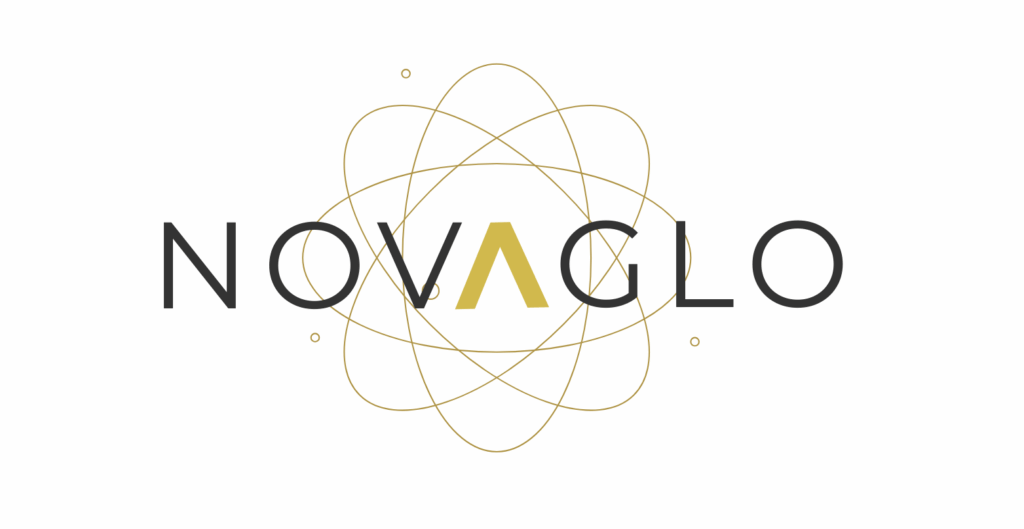Quick Take: BPC 157 & TB 500 – The Most Researched Stack Ever?
Novaglo Research Memo {October 14, 2025}
Scientific Overview
BPC-157 is a synthetic pentadecapeptide originally isolated from human gastric juice that has shown potent effects in animal models for reducing inflammation, enhancing angiogenesis, and promoting structural and functional recovery in muscle, tendon, ligament, and bone injuries. TB-500 is a synthetic peptide derived from thymosin beta-4 and is noted for its systemic action promoting cell migration, wound healing, and inflammation reduction. Both have complementary mechanisms: BPC-157 acts locally at injury sites, while TB-500 aids in systemic recovery and vascular support.
Mechanisms and Benefits
-
- BPC-157 promotes tendon and ligament healing by upregulating growth hormone receptor expression in tendon fibroblasts, increasing cell migration, and activating repair pathways such as FAK-paxillin.
-
- TB-500 enhances tissue repair through angiogenesis, progenitor cell differentiation, and supporting the formation of new blood vessels which aids muscle and joint healing.
-
- When combined, these peptides offer both localized and systemic recovery effects, which could accelerate healing in orthopedic, sports, and chronic injury contexts.
Safety and Human Data
-
- Animal studies reveal that BPC-157 is generally well tolerated, with no acute toxicity observed in several organs and no lethal dose established across a wide range.
-
- Current human data is limited; one study found significant pain relief in participants with knee injuries after BPC-157 injection, but larger and peer-reviewed clinical trials are missing, and safety remains uncertain.
-
- Both peptides are not FDA-approved and clinical use should be cautious, with physician oversight.
Dosing Protocols
-
- Preclinical studies typical dosages for BPC-157 range between 10–20 µg/kg, though clinical protocols often use doses of 250–500 mcg daily in research settings.
-
- TB-500 dosages reported in research range from 2–5 mg per week, split into multiple doses, usually administered subcutaneously or intramuscularly.
Summary Table
| Mechanism | BPC-157 | TB-500 |
|---|---|---|
| Main Action | Local repair, inflammation reduction | Systemic healing, vascular growth |
| Evidence (Animals) | Enhanced tendon, ligament, bone repair | Muscle, cardiac, and joint recovery |
| Human Data | Small studies, limited data | Limited human data |
| Safety Profile | Well-tolerated in animals | Preclinical safety, not approved |
| Approval Status | Experimental, not FDA approved | Experimental, not FDA approved |
Conclusion
Stacking BPC-157 with TB-500 may offer synergistic and complementary tissue regeneration effects by leveraging local and systemic healing mechanisms shown in preclinical medical studies. However, safety in humans is unverified and both peptides must only be used under strict medical supervision and for research purposes.
